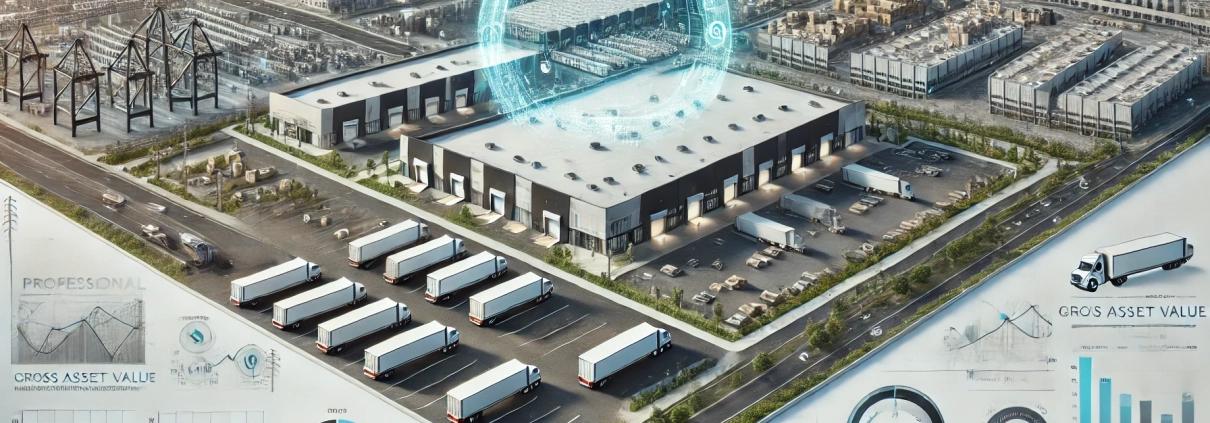Gross Asset Value
A measure used to describe the market value of a property. The value includes debt and equity positions but excludes any acquisition/closing costs.
Putting ‘Gross Asset Value’ in Context
Altura Industrial Partners, a private equity fund specializing in industrial real estate, recently acquired the Querétaro Logistics Portfolio—a collection of three modern warehouse and fulfillment facilities located in Querétaro, Mexico. These properties were acquired as part of the fund’s core-plus strategy, targeting assets in secondary markets with high-growth potential.
The fund uses Gross Asset Value (GAV) as the basis for calculating its annual asset management fee. The Querétaro Logistics Portfolio was purchased for $45 million USD, including a $30 million senior loan and $15 million in equity. Importantly, GAV represents the total market value of the assets, without deducting liabilities like debt or factoring in acquisition or closing costs.
GAV Calculation
For Altura, the GAV of the Querétaro Logistics Portfolio was established as follows:
- Market Value of Assets: $45,000,000
- Excluded: Loan amount ($30,000,000), acquisition fees, closing costs
Thus, the GAV of the portfolio is $45,000,000.
Asset Management Fee Based on GAV
Altura Industrial Partners charges an annual asset management fee of 1.25% of GAV to its investors. This fee helps cover the fund’s operational costs, including managing the portfolio, tenant relations, and ensuring the properties meet financial performance goals.
The annual asset management fee for the Querétaro Logistics Portfolio is calculated as:
Asset Management Fee = GAV × Fee Percentage
= $45,000,000 × 1.25%
= $562,500
Why GAV Matters
Gross Asset Value is a straightforward metric that provides a clear view of an asset’s market value, making it an equitable basis for calculating fees and benchmarking fund performance. For Altura, using GAV ensures that the calculation is tied to the asset’s overall value rather than fluctuating equity positions or debt terms. In this hypothetical case, if the portfolio appreciates in value to $50 million in the next year, the GAV-based fee would increase to $625,000, aligning the fund’s fees with its performance.
This example illustrates how GAV serves as a consistent and transparent metric, integral to structuring fund compensation and assessing portfolio health.
Frequently Asked Questions about Gross Asset Value (GAV)
What does Gross Asset Value (GAV) represent?
Gross Asset Value (GAV) is the market value of a property or portfolio, including both debt and equity positions but excluding acquisition or closing costs.
How is GAV calculated?
GAV = Market Value of the Asset.
For example, if a portfolio is acquired for $45 million (regardless of whether it is financed by $30 million in debt and $15 million in equity), the GAV is $45 million.
Does GAV include debt or equity?
Yes. GAV reflects the full market value of the asset, encompassing both debt and equity contributions. It does not deduct the outstanding loan or other liabilities.
Why is GAV used in fee calculations?
GAV is commonly used to calculate asset management fees because it provides a stable and objective measure of an asset’s value, independent of the capital structure or acquisition-related costs.
What was the GAV in the Querétaro Logistics Portfolio example?
The GAV was $45 million, reflecting the total market value of the three industrial properties acquired. Debt ($30 million) and acquisition fees were excluded from the calculation.
How does an increase in market value affect GAV-based fees?
If asset value increases, GAV rises accordingly. For example, if the portfolio appreciates to $50 million, a 1.25% fee would increase from $562,500 to $625,000, aligning fees with performance.
Click here to get this CRE Glossary in an eBook (PDF) format.

